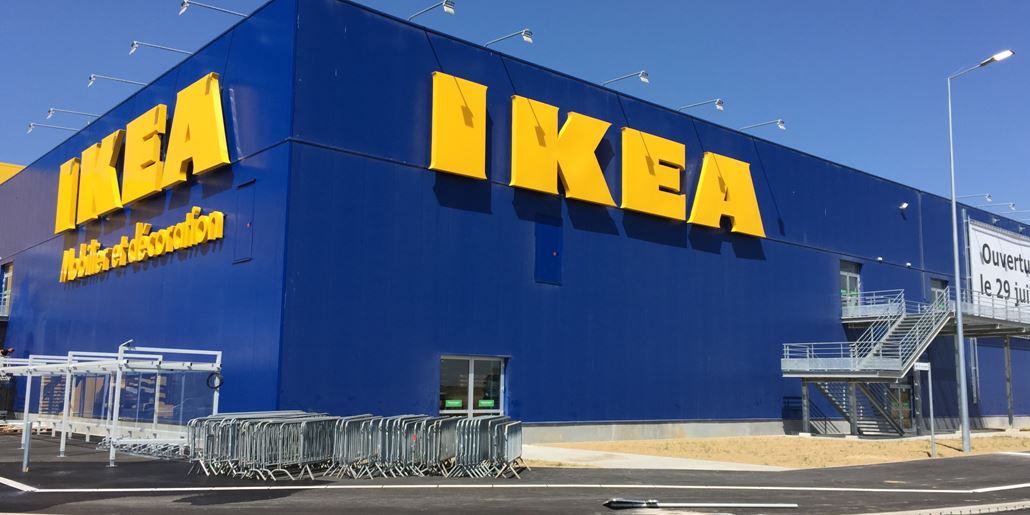This article is actually about management theory in general. It’s not about IKEA’s management theory or anything like that, so if you’re here chasing that for a paper you need to write, click away. This is more about how ‘life experiences’ lead to ‘management theory.’ Ready for some stories?
Management Theory Part 1: IKEA Trip No. 1
About three weeks ago, my wife and I go to IKEA in Frisco, Texas. (Near Dallas, for the uninitiated.) This trip essentially had no purpose. It was one of those “Well, we generally speaking need some stuff for the house” deals. So we go and we’re walking through the marketplace stopping in basically every section. “Do we need a grill pan? Hmmm.” Next section: “Do we need this salt shaker? We might…” It went on and on for hours. It was interminable and tiring and depressing and there were a few fights and the line at the end was about 37 minutes long and in the end, we got maybe one chair, a potted plant, and 2-3 other things. The ROI was pretty low.
Management Theory Part 2: IKEA Trip No. 2
Alright, so yesterday, I need to go to IKEA to pick up some lamps for my wife’s office. She texts me the exact names of the lamps she wants, and the bulbs. Then one of her co-workers wants a cart, so we add that — and her co-worker tells me the aisle number and bin number at the end of the store. I get to IKEA and I haven’t eaten — it’s around 2pm — so I hit up Lighting, grab the lamps, grab the bulbs. I navigate to the aisles/bins and grab the cart, throw that in my cart, hit the checkout, talk to some hipsters, buy a chocolate bar, and leave. I’m in and out in maybe 30 total minutes and I got absolutely everything I needed, down to a tee.
Management Theory: Tying This Together
OK, so let’s say you have two potential types of bosses here.
Potential Type A is of the Part 1 management theory type. Instructions are unclear and meandering. There’s not a high sense of priority associated with the work. Clarity is almost non-existent. Context is even less so.
Potential Type B is more of the Part 2 management theory type. There’s a lot of context behind the work. Instructions are clear. You generally understand why you’re completing tasks, you know who’s involved, and you know how things are supposed to get done. There’s process, yes — there must be process — but it’s not overwhelming at all.
So between Manager A and Manager B, where do you think the higher ROI of your work — in terms of your time, your value, and the company’s time/value — is going to reside?
If you said “Manager A,” chances are you’re a target-hitter in your own right. You don’t completely get it and think work is a series of tasks designed towards a paycheck and pleasing your immediate supervisors by showcasing the quantity of work you’ve completed, as opposed to the quality. Perhaps you are right.
If you said “Manager B,” you probably understood the point of this exercise in two IKEA trips as relates to management theory.
Anything else I’m missing here?
